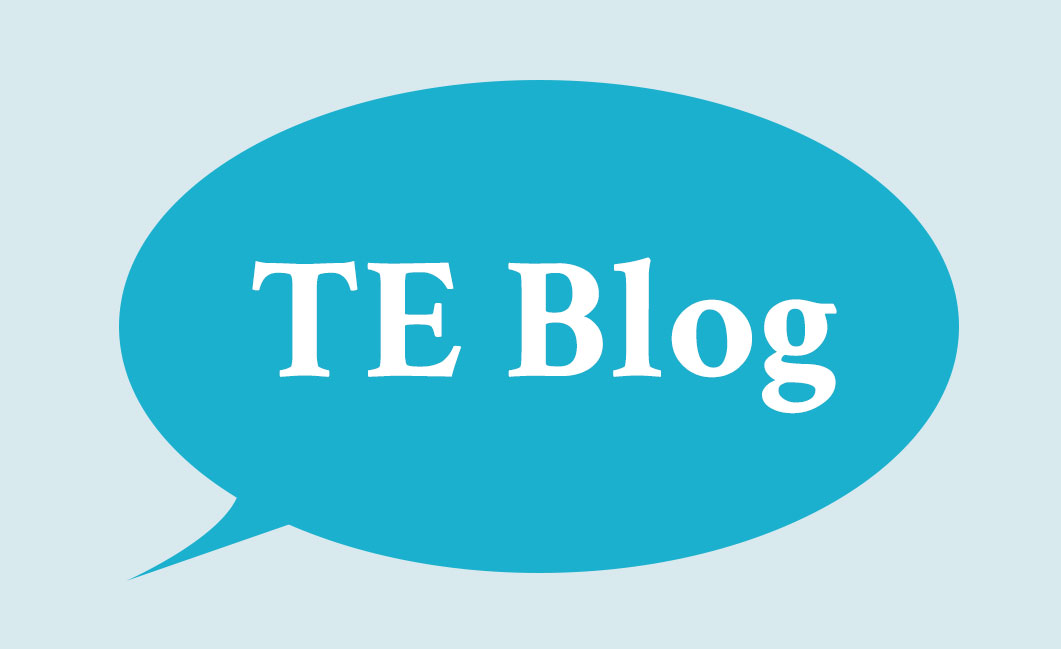Formatting Friday: Turabian
The Turabian style of formatting is a common style of formatting our clients use, especially those in DMin programs. The official style guide is now in its 9th Edition, most recently published on April 18th of this year, by the University of Chicago Press. While Turabian style does share many characteristics with Chicago Style (check out our recent blog post about Chicago here), the two do have minor stylistic differences. The main difference is the length and content of the two manuals: Turabian is a much shorter manual, goes into more depth about the process of writing a research paper, and doesn't have a specific grammar or word usage section like CMoS does. The Chicago Manual of Style (CMoS) is aimed at publications, whereas Turabian is designed to be more appropriate to academic papers. It’s not a hard and fast rule, since obviously, Turabian-style papers get published and CMoS-style papers are turned in for academic work, but that’s the general consensus. Regardless, it’s always good to check with your program about minutiae of the formatting, since some schools use Turabian and Chicago interchangeably.
While we are always here to assist with all of your formatting needs, we urge students, if they can, to purchase the manual of the formatting style in which they work. Having the physical manual can be a lifesaver when it’s after hours and you can’t reach us, or if you have a quick question that you can just look up in the index and find the corresponding section.
The manual itself is divided into three separate sections, as well as an appendix. Part 1 deals with Research and Writing, and is a great resource in learning how to formulate good questions for research, and writing and revising. Part 2 is Source Citation, and addresses the two modes of citation in Turabian (note-bibliography and author-date). Part 3 is Style, and outlines all of the style guidelines like spelling, punctuation, how to quote, numbers, and so forth. The Appendix mainly focuses on Paper Format and Submission, providing specifications on formatting like paper and margin sizes, typeface, spacing and indentation, pagination, title usage, front matter, back matter, and more.
One interesting thing to note – many schools or programs have their own formatting preferences or idiosyncrasies that might differ from the required formatting style. We always defer to the school guidelines over the general formatting style, as this is generally the rule. Turabian explicitly states the same thing in the manual – that the school guidelines should always be followed first, and then Turabian – even if the school instructions contradict Turabian. This is especially important if they want something per CMoS instead.
If you’re having difficulty getting the hang of Turabian formatting, have questions about it, or just want us to make sure everything’s correct, contact us today to learn more about our formatting and consultation services. We’re always happy to have one of our Turabian specialists work with you.
< Self-Care During COVID-19 EndNote: An Introduction >
Tagged under: Dissertation Formatting Tools Formatting Friday General Dissertation Turabian Turabian Formatting dissertation formatting formatting services
